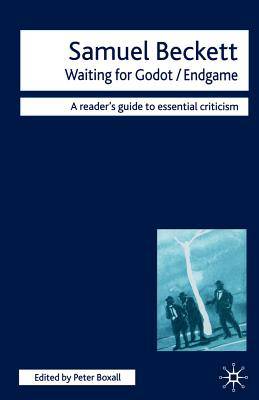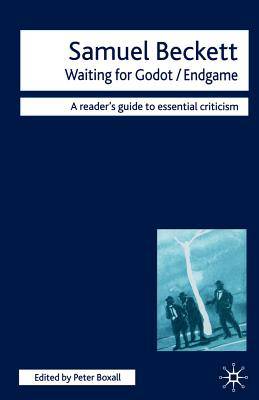
Door een staking bij bpost kan je online bestelling op dit moment iets langer onderweg zijn dan voorzien. Dringend iets nodig? Onze winkels ontvangen jou met open armen!
- Afhalen na 1 uur in een winkel met voorraad
- Gratis thuislevering in België vanaf € 30
- Ruim aanbod met 7 miljoen producten
Door een staking bij bpost kan je online bestelling op dit moment iets langer onderweg zijn dan voorzien. Dringend iets nodig? Onze winkels ontvangen jou met open armen!
- Afhalen na 1 uur in een winkel met voorraad
- Gratis thuislevering in België vanaf € 30
- Ruim aanbod met 7 miljoen producten
Zoeken
Omschrijving
In this Readers' Guide, Peter Boxall traces critical responses to Waiting for Godot and Endgame from the 1950s to the present day. The guide presents the major debates that surround these works as they develop, from Martin Esslin's early appropriation of the plays as examples of the Theatre of the Absurd, to recent poststructuralist and postcolonial readings by critics such as Steven Connor, Mary Bryden and Declan Kiberd. Throughout, Boxall clarifies and contextualises critical responses to the plays, and considers the difficult relationship between Beckett and his critics. The ongoing attempt to interpret these enigmatic works not only sheds light on the plays themselves, but also helps us to understand the promise and the limits of our own critical discourses. The Guide explores the mutually enlightening relationship as it has evolved over the last five decades.
Specificaties
Betrokkenen
- Auteur(s):
- Uitgeverij:
Inhoud
- Aantal bladzijden:
- 194
- Taal:
- Engels
- Reeks:
Eigenschappen
- Productcode (EAN):
- 9781840460827
- Verschijningsdatum:
- 1/04/2000
- Uitvoering:
- Paperback
- Formaat:
- Trade paperback (VS)
- Afmetingen:
- 162 mm x 215 mm
- Gewicht:
- 249 g

Alleen bij Standaard Boekhandel
+ 64 punten op je klantenkaart van Standaard Boekhandel
Beoordelingen
We publiceren alleen reviews die voldoen aan de voorwaarden voor reviews. Bekijk onze voorwaarden voor reviews.











